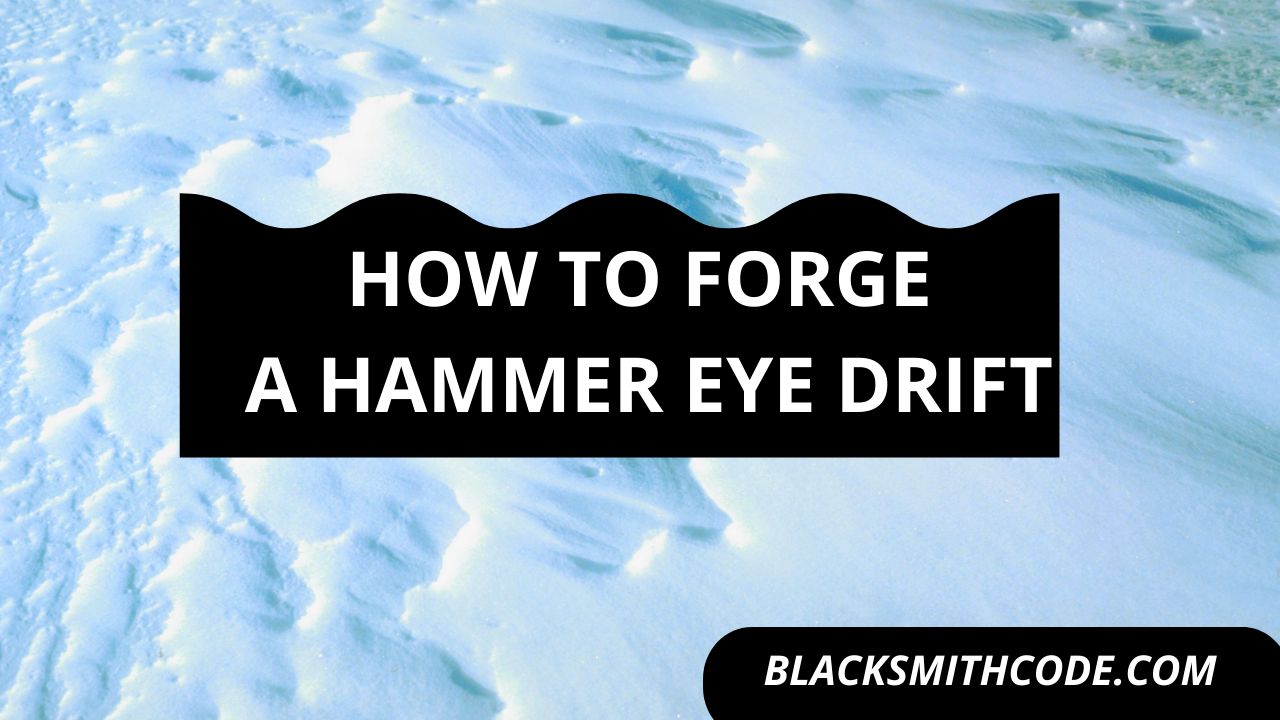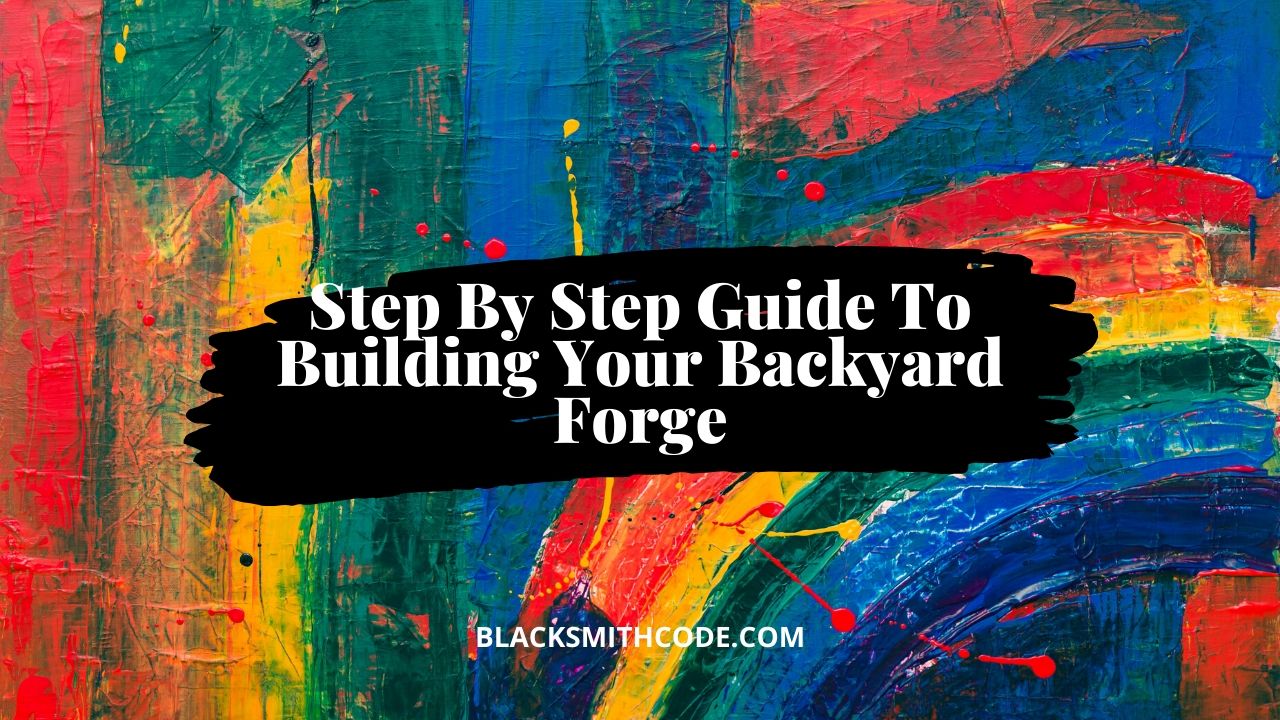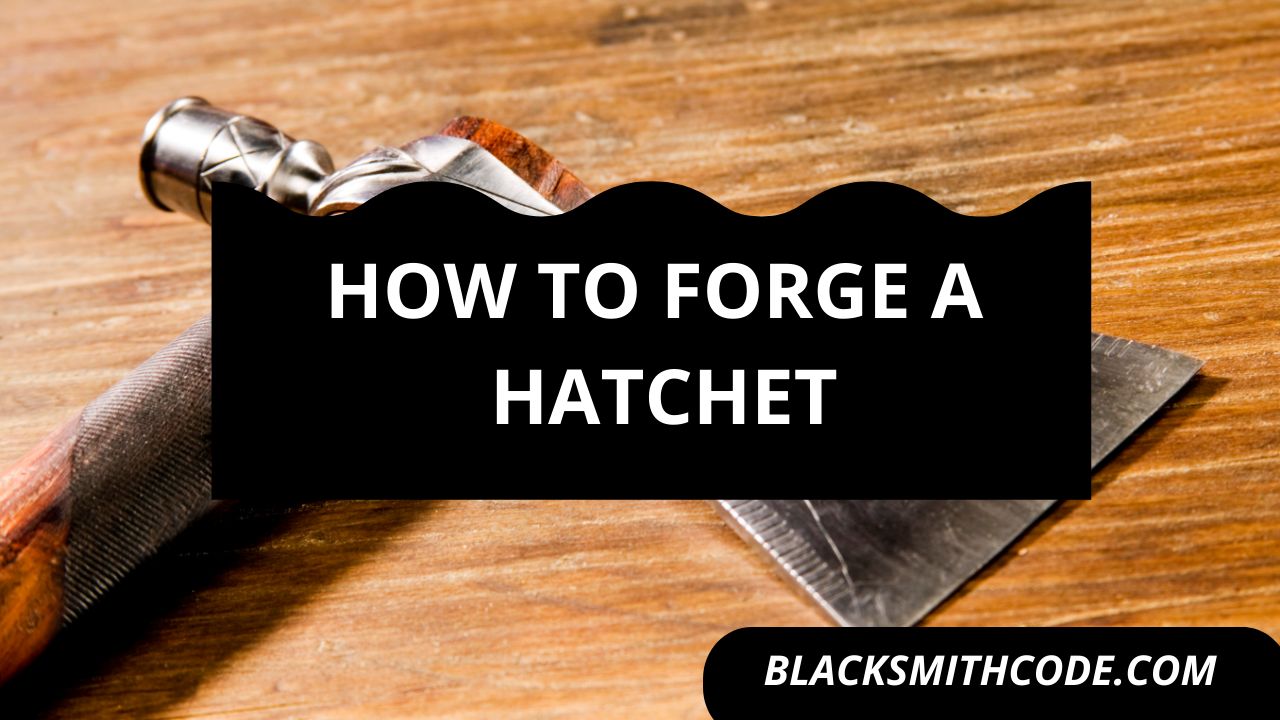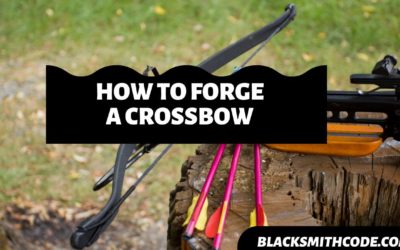Do you know that forging hammer eye drift is as important as forging the hammer itself? However, forging a hammer eye drift is less complicated as forging the hammer itself.
The hammer eye drift is similar in shape and structure to the punch. The hammer eye drift is a long rod with a sharp end. This structure is the same as that of the ‘punch.’
The hammer eye drift is useful in forging holes in metals. The hammer eye drift is as helpful as the punch in blacksmithing and other professions where its use is prominent.
Forging a hammer eye drift is simple and straightforward. The steps in forging the hammer eye drift are short and precise, and if you take these steps, you will get a good result.
To forge your hammer eye drift, you should follow the steps below.
Essentials
To forge your hammer eye drift, you will require the use of specific tools. These tools are not hard to come by, so you shouldn’t hesitate to get them. Some of the tools you must use in forging your hammer eye drift include:
Forge
Instructions How to Forge a Hammer Eye Drift
Step 1: Get Your Materials Ready
Before you start forging your hammer eye drift, the first thing you have to do is to get your materials ready. The primary metal you need in forging your hammer eye drift is a steel rod. Using steel to form your hammer eye drift will make your hammer eye drift strong and sturdy.
Step 2: Prepare Your Design
After getting your material, you should prepare the design or template you want your hammer eye drift to follow. To develop the plan, you can draw or sketch the model in a paper. Doing this will enable you to forge your hammer eye drift easily.
Step 3: Heat Your Steel
The action of heat is essential in the world of blacksmithing. Heating your metal performs several activities, including softening the steel for easy forging and making the steel tough after forging. Place the metal in a forge and heat till it becomes red hot.
Step 4: Forging Your Hammer Eye Drift
The essence of heating the steel is to soften the metal to forge easily. Now that the steel rod is red hot, you should start forging the metal to your design. To forge, you will make use of a hammer, chisel, and other forming equipment.
Quick Steps
- Cut the exact size of steel you need.
- Carefully hammer one end of the steel. You have to hammer at a specific angle because you are not trying to create a completely flat edge.
- Next, bevel the edges of the steel rod to suit your drift’s shape.
- Create the shape of the drift.
Step 5: Bevelling and Grinding
After forging the shape of your hammer eye drift from the steel rod, you should grind and bevel the forged hammer drift. To sharpen your hammer eye drift, you should use a grinder. The grinder will help make the sides of your hammer eye drift smooth.
You can also choose to or not to bevel your hammer eye drift. But it is advisable to bevel your hammer eye drift.
Step 6: Reheating
This step requires you to place your grounded and bevelled hammer eye drifts into the forge to heat it. The purpose of reheating is to make the drift stronger. It would be best if you heated it to a red-hot stage for a while.
Step 7: Quenching Your Hammer Eye Drift
The next step right after reheating your drift is to quench it in a quench liquid, which can either be oil or water. You can retrieve the steel from the forge using a crucible or any other means aside from your bare hands. After recovering the drift from the forge, you should immerse the metal into the quench liquid.
Pro Tip
Quenching your hammer drift will make the hammer drift stronger and tougher. It would be best if you were careful when immersing your hot steel in the quench liquid. Submerging hot steel in oil can cause a fire outbreak.
Step 8: Polishing And Finishing
After completing the above steps, you are now close to having your hammer eye drift. The next thing for you to do is to add some finishing touches to your tool. After adding these finishing touches, you can then polish the drift.
During forging, there are some things you didn’t notice in your hammer eye drift. You can correct these things when adding the finishing touches.
Step 9: Adding Your Handle
Adding the handle to the drift is optional; it depends on whether you like your tool having a handle. Nevertheless, whether it has a handle or not, it should be in the design. You can add a wooden or metal handle to the drift as long as it can serve its purpose.
FAQs on How to Forge a Hammer Eye Drift
Question
What is the difference between a hammer eye drift and a punch?
The punch is an instrument used for making holes in metals, woods, or surface. The punch is a handy tool in making holes in surfaces. But the hammer eye drift enlarges the hole made by the punch.
The hammer eye also does a great job of enlarging holes made by a punch.
Question
What is the difference between a hammer eye drift and a chisel?
A chisel is a typical instrument used for cutting. A chisel is a useful tool and a widely used tool in several fields of work, including carpentry and blacksmithing. The hammer eye drift does not help cut.
Enlarging holes made by a punch is the primary job usefulness of the hammer eye drift.
Question
Can I forge a hammer drift from any metal rod aside from steel?
You can forge your hammer eye drift from other metal that is not steel, but steel is the most widely used metal for forging. It is because steel is easy to forge and produces excellent, strong, and tough results after forging.
It is also economical to make use of steel in forging. So, you can make use of other metal to forge your steel, but it is advisable to make use of metals with similar properties with steel.
Video
Warnings
• You should always put on protective wears.
•You should be careful when handling hot steel, especially when you just retrieved it from the forge.
• Always make use of the appropriate tools for the job.
•You should follow safety rules and precautions.
• Always put on protective goggles and shoes.





